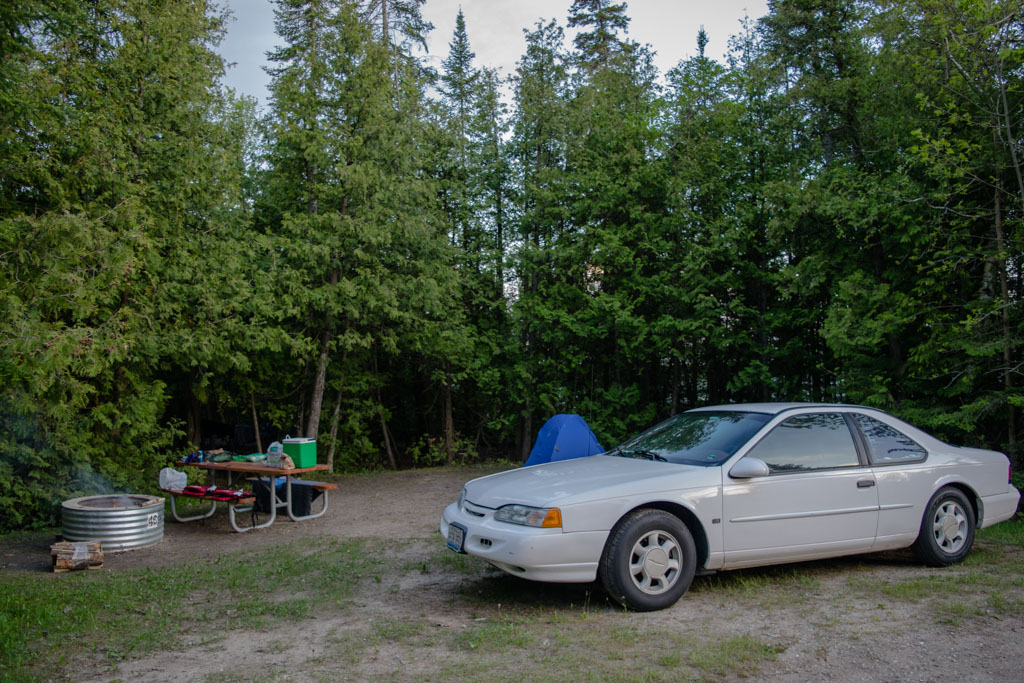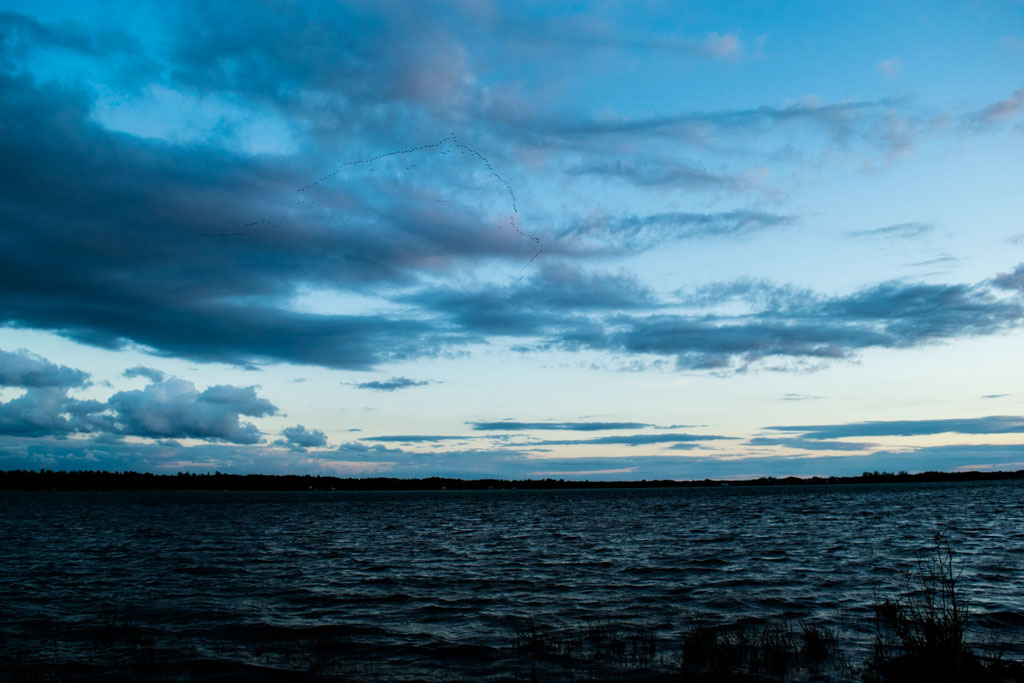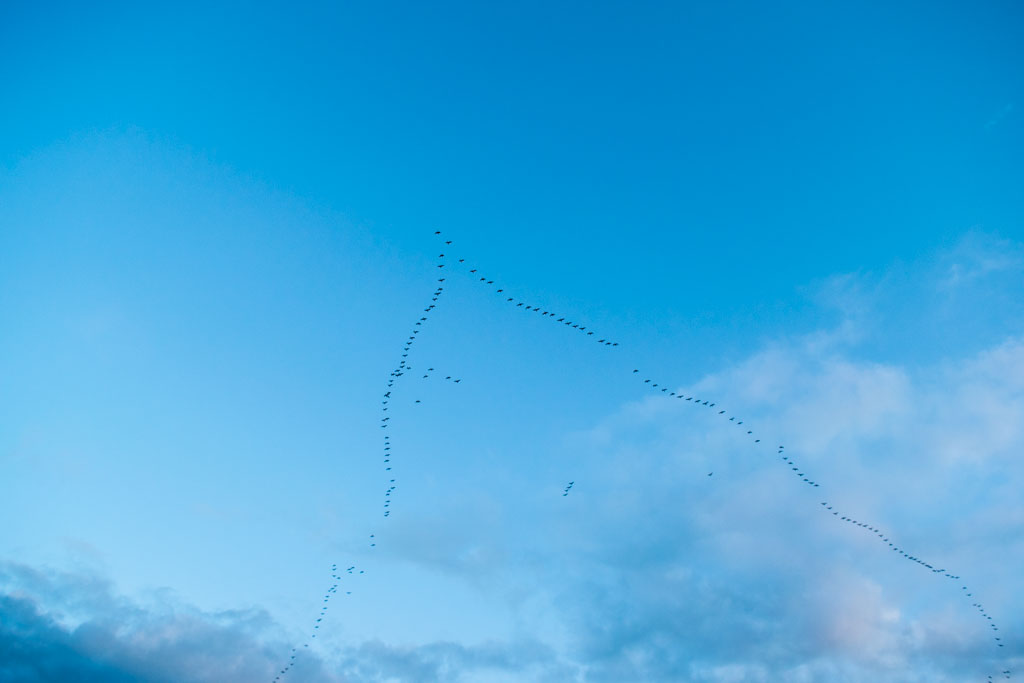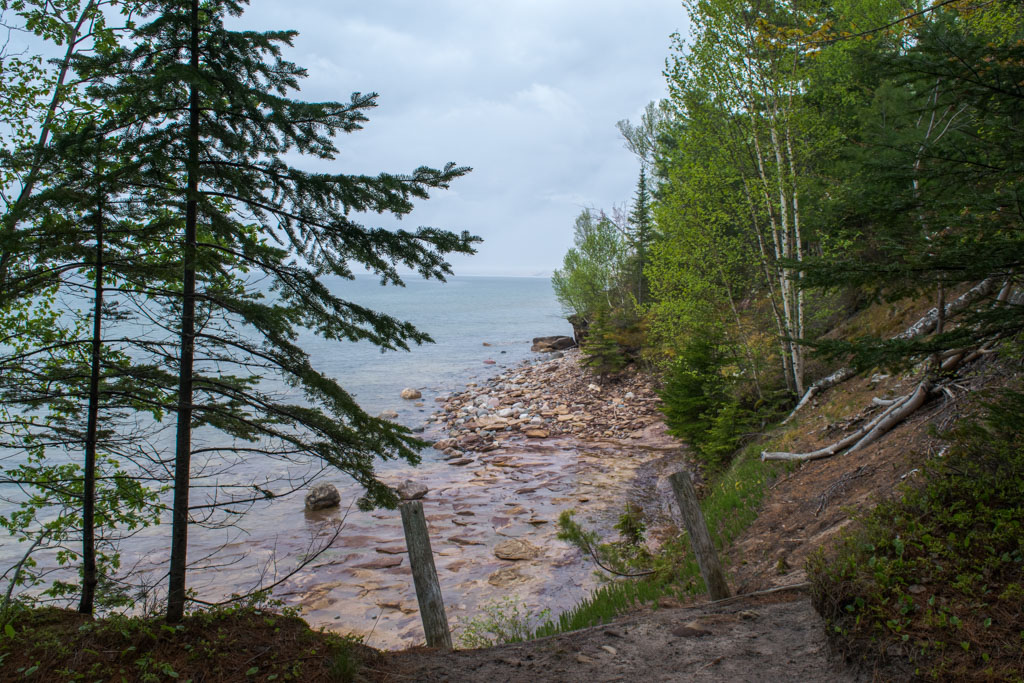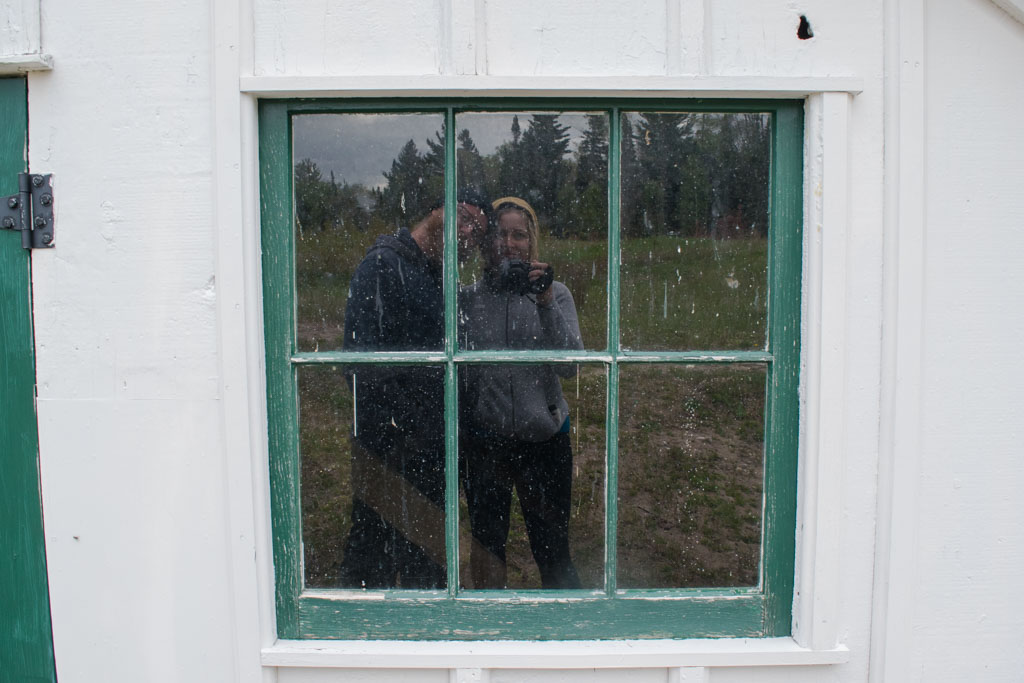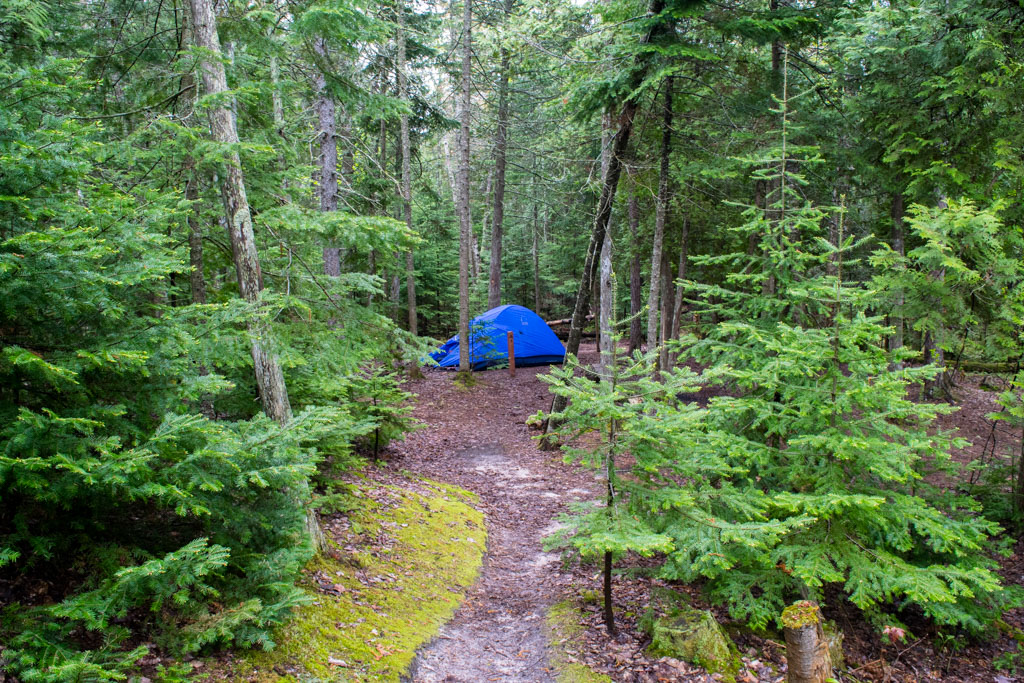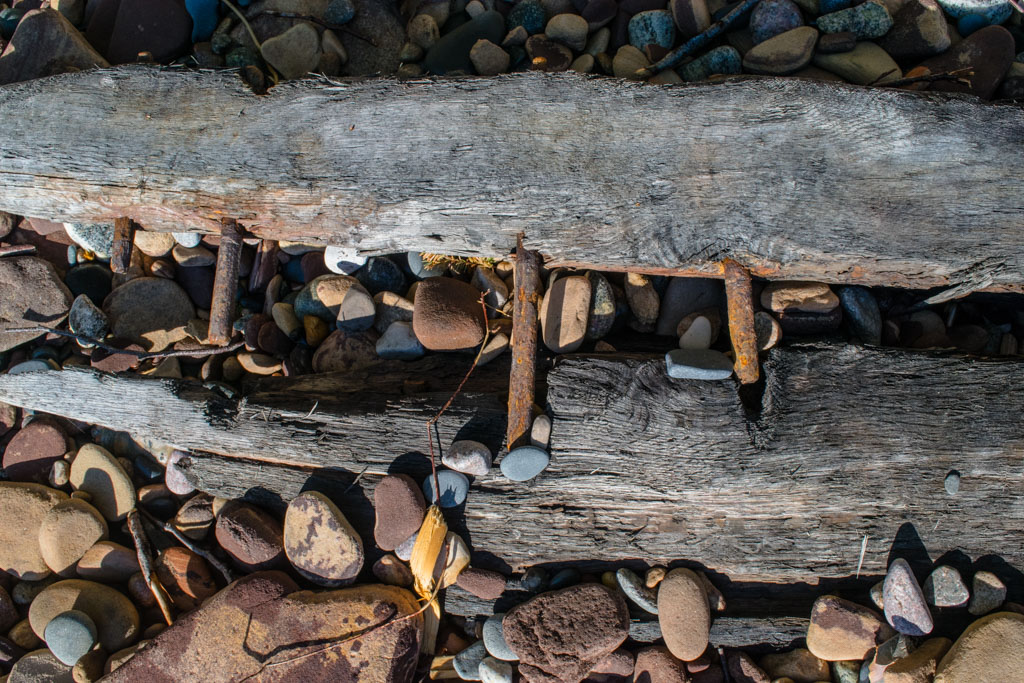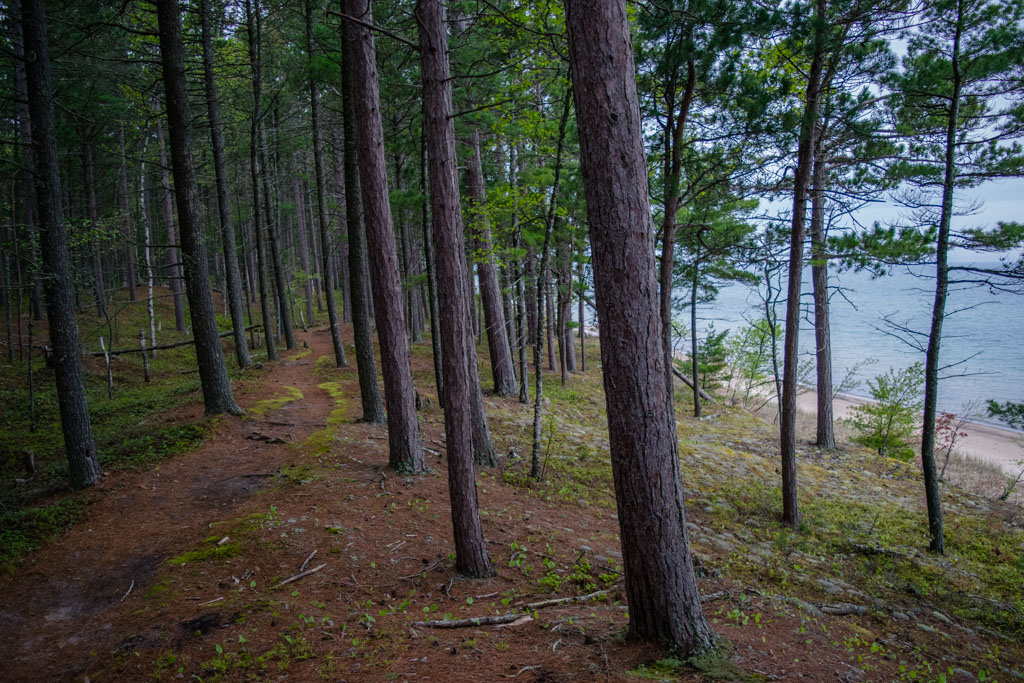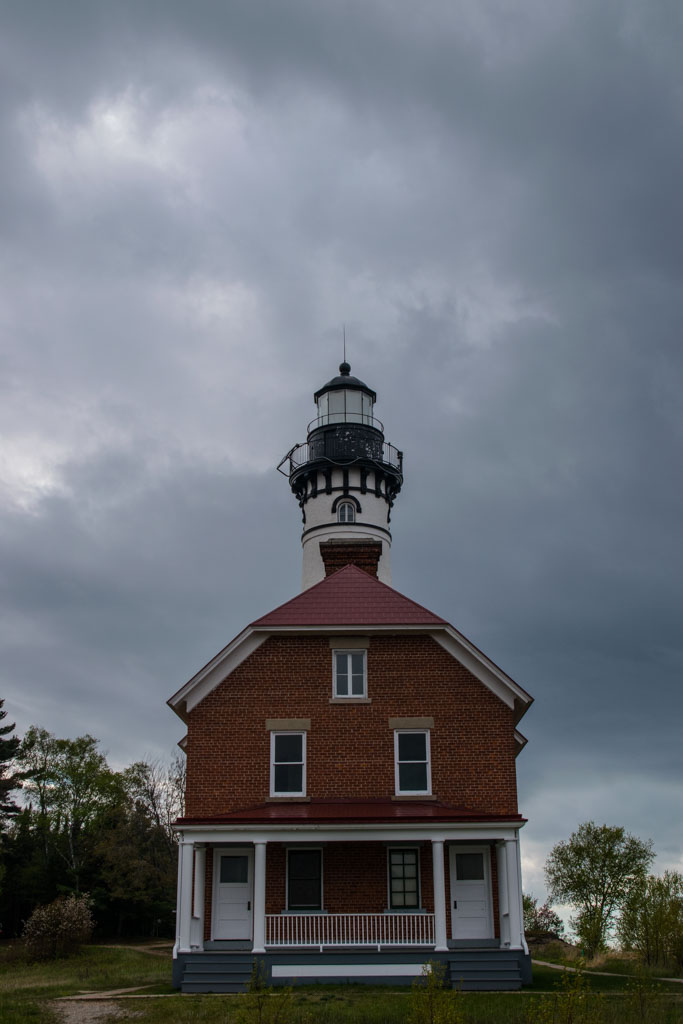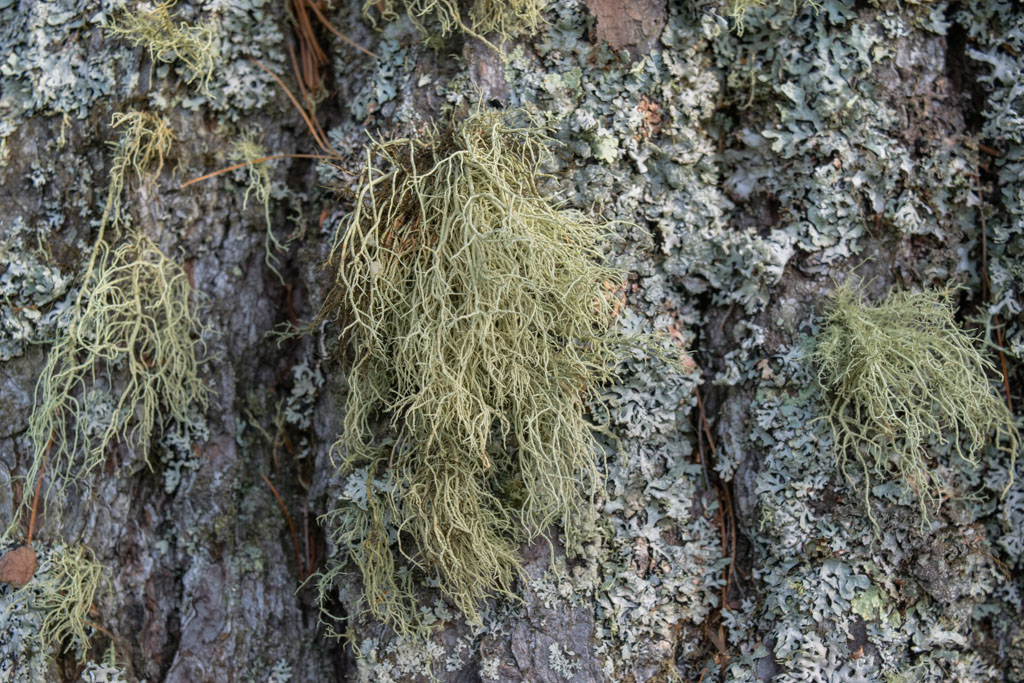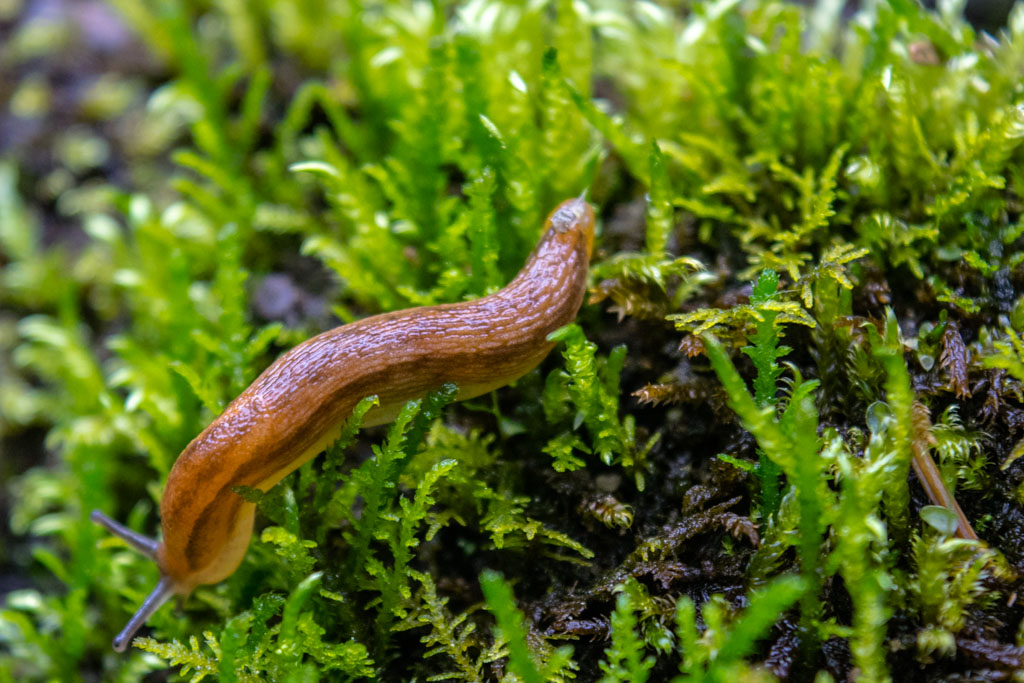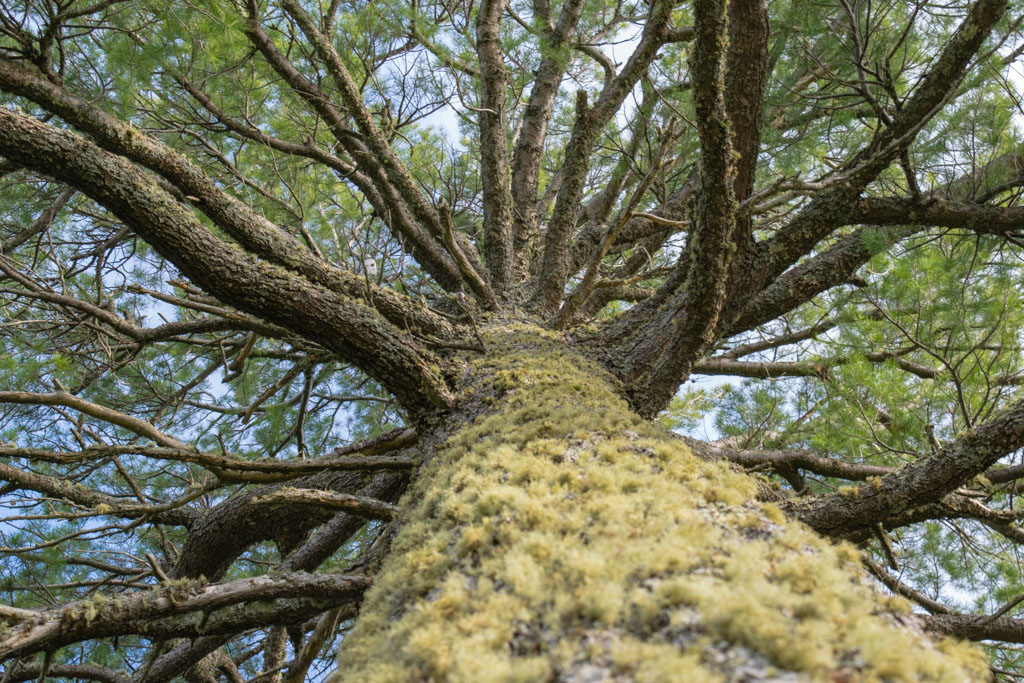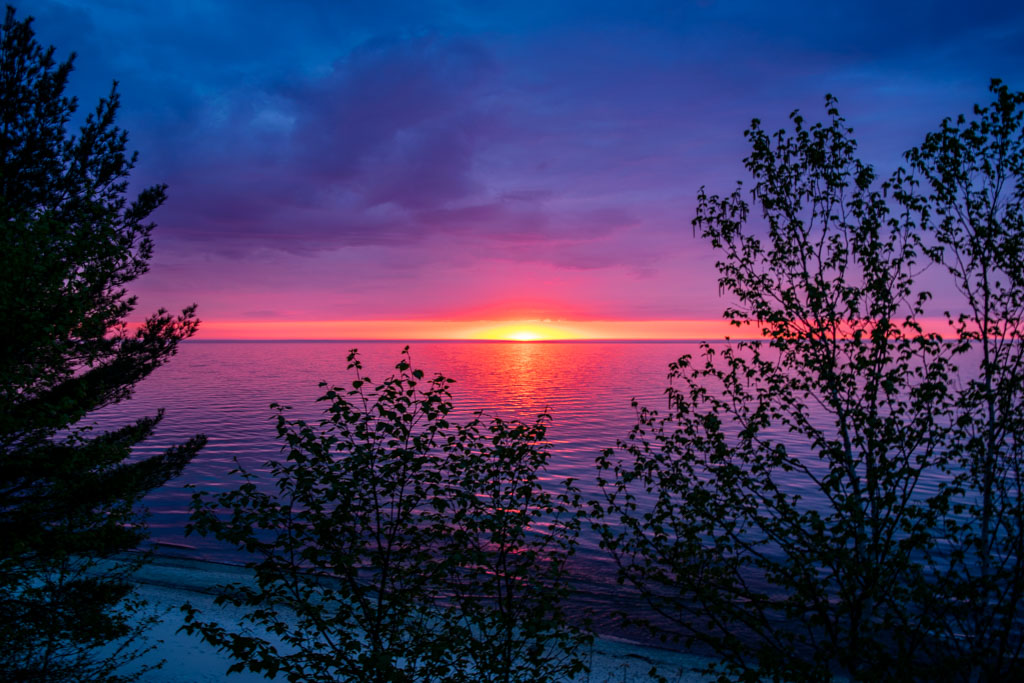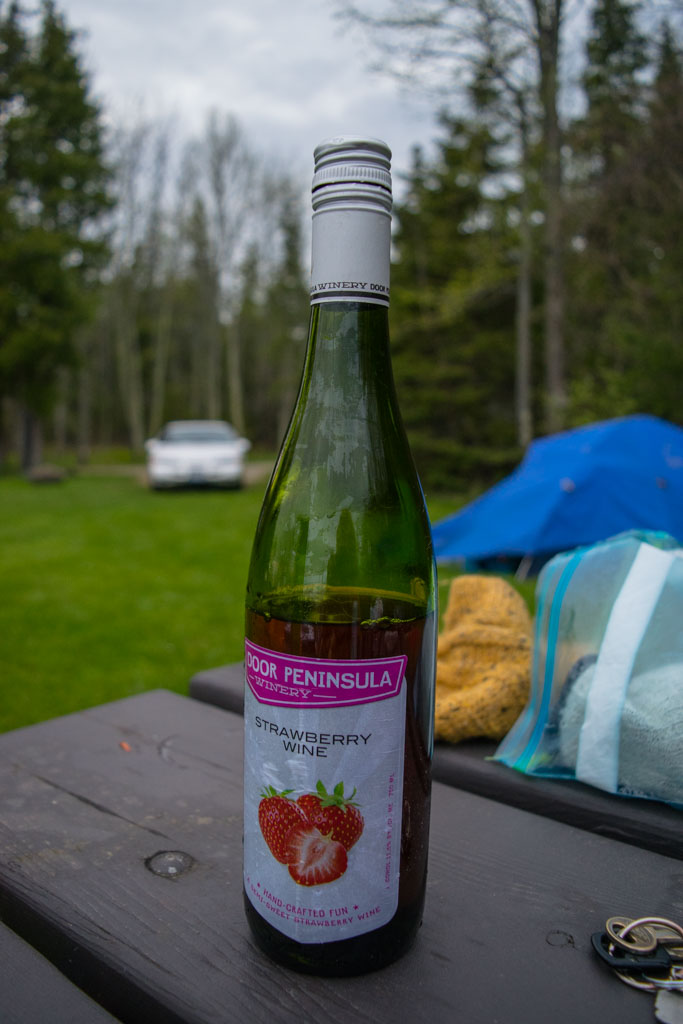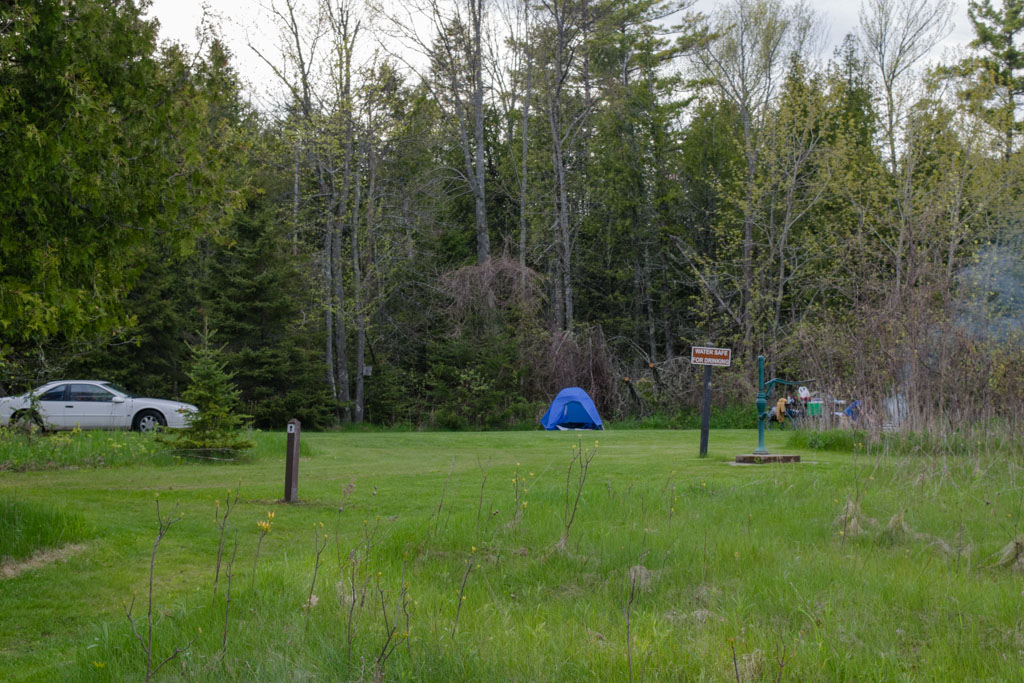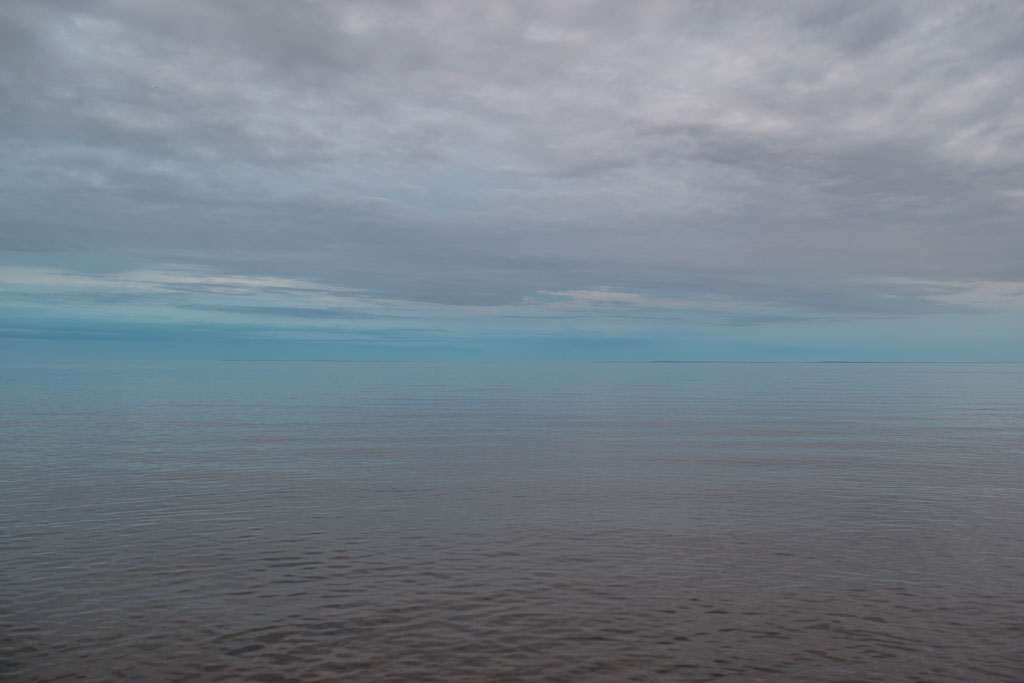Ludington State Park
Where we stayed: Jackpines – J, hike-in about one mile from the parking lot, fire pit, picnic table
Good for: Backpacking, backpacking-lite, couples, solitude
Not great for: Car camping, RVs
Pros: Fresh water available, if you buy firewood at the park they will bring it to your campsite for you, beautiful dunes and abundant wildlife
Cons: Raccoons, no restroom facilities
Website
Reservations
Day 5
It’s funny how breaking down camp is different between backpacking and car camping. Either way, we had a pretty good incentive to pack everything into our backpacks but it seems to take longer if the car is there. Maybe I care less? Maybe we have access to more stuff that we wouldn’t bring if were backpacking (hello, Coleman folding seats.) I remember dawdling a lot that morning in Cheboygan during the breakdown phase, but I don’t remember what I was doing. There wasn’t a lot on the day’s agenda, it’s a 3.5 hour drive between Cheboygan and Ludington and neither of us felt inclined to rush.
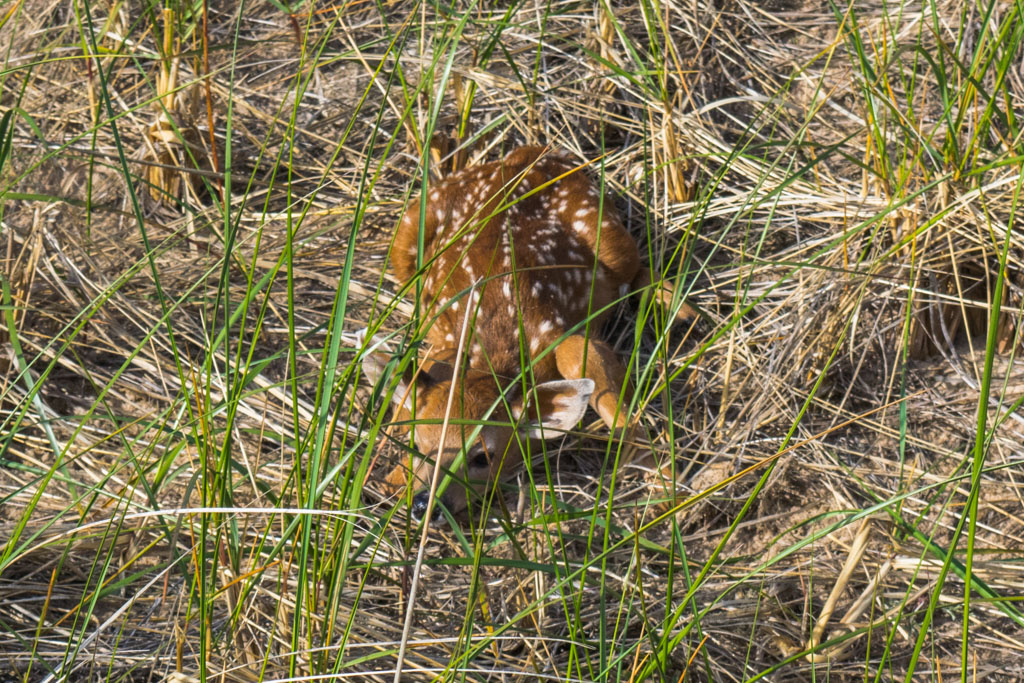
Ludington was a great place to end this trip. Ludington State Park has huge, beautiful dunes right on Lake Michigan. Big Sable Lighthouse is still in operation and the park has some of the most beautiful trees and plants living among the dunes. Ultimately, we chose Ludington because we could stay at the Jackpines hike-in sites available there. If you can carry all of your equipment one flat mile down a gravel path, you can stay in the Jackpines. This would be a great place to get your feet wet if you suspect you want the backcountry experience but don’t want to invest in the equipment or would like easy access to civilization, should you need it. We chose site J because it was the furthest from the other sites. Every campsite comes with a picnic table and a fire pit, the hike-in sites have access to fresh drinking water but there are no restroom facilities. Pro tip: If you buy your firewood in the designated gift shop they will bring it to you so you don’t have to carry a bundle of wood for a mile, in addition to all your gear.

We climbed around a little on the dunes before returning to camp for the night. A huge dune behind our site gave us a clear idea of what lives in the area just by looking at all the hoof and pawprints visible. To see Lake Michigan you had to climb a sheer dune probably about 30 feet high and prepare for sand to get everywhere. Big Sable Lighthouse was probably only about a mile away and you could see it clearly, but walking on the dunes is a very different kind of trail than walking on a path, so we decided to hold off on that journey until morning. That was just as well because from our campsite we had a full 360 view of the scary storm cloud approaching from the west. There was a brief squall and then nothing further.
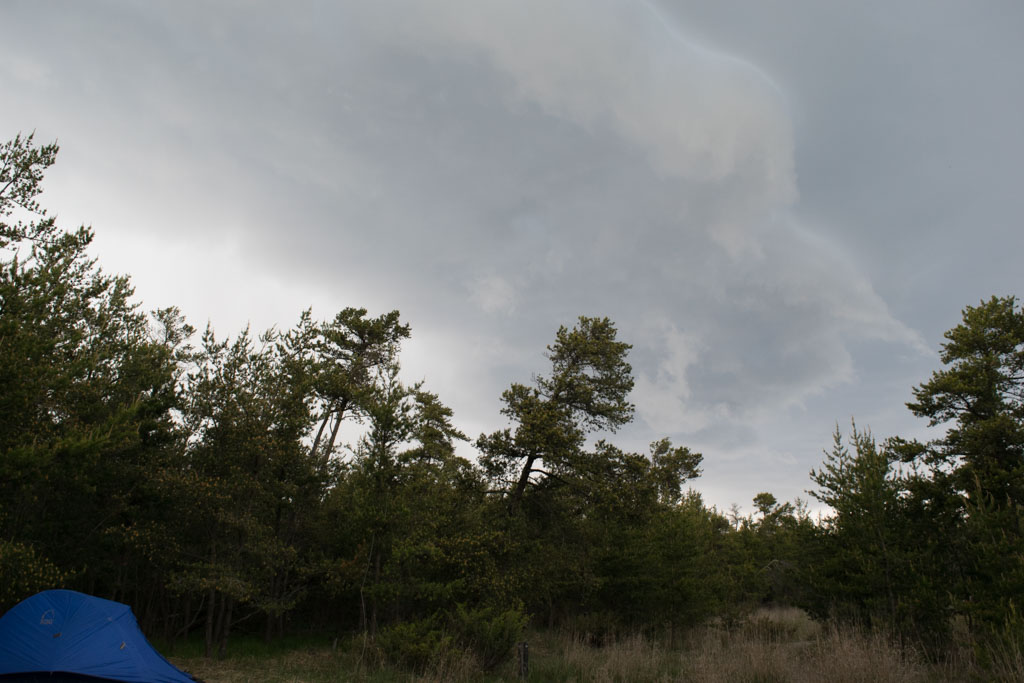
Camping at the Jackpines in many ways felt like visiting the theater. Our spot was nestled between the large dune between us and Lake Michigan, and a smaller dune between us and the inland Hamlin Lake. A small interdunal pond just feet east of our campsite was the setting for the romantic subplot. Once the sun set we heard the croaks of one lonely male frog calling for a mate from our adjacent pond. Later we heard the distinctly different sound of a female frog coming from behind us. Over the course of about an hour we listened to them croak at each other until suddenly they were both coming from the same pond. Frog romance, you guys. The role of the villain was played by Trash Bandit, a sneaky raccoon we should have been better prepared for. Remembering this was our wedding anniversary, we drank a bottle of wine and went to bed.
The next morning, before breakfast but after coffee, we hiked up the dunes and then all the way down to Big Sable Lighthouse. It was early and we didn’t see any other people. We did, however, see a white tailed deer bound away from us when we crested a dune. I looked down at where the deer had come from and saw a little spotted fawn crouching still and low among the grasses. Clearly, it was invisible to us and we could not see it at all. (That’s a lie we stood there and aww’d for a while but left alone because it is a wild animal.) We had beautiful skies that morning but the wind was strong and cold. At points walking among the dunes felt more like walking on an alien planet than anywhere in the Midwest.
After leaving the Jackpines and Ludington we began the last leg of the drive home. I remember taking a hot shower and sleeping in my own bed but I’ve pretty much just been picturing that sunset I watched from the moss thrones at Sevenmile Creek ever since.
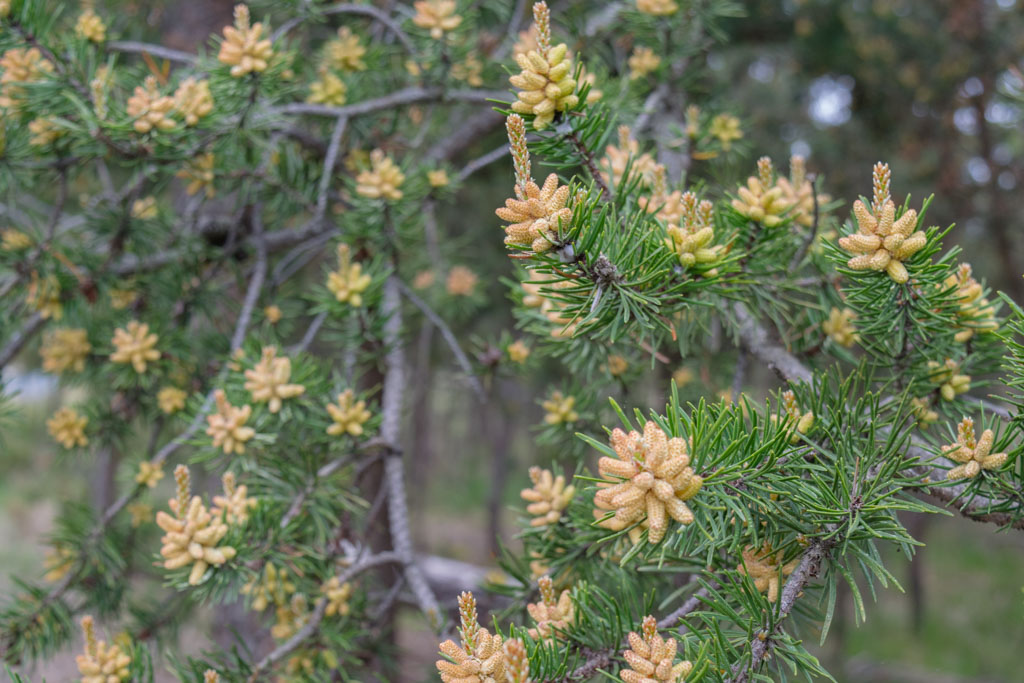
[googlemaps https://www.google.com/maps/d/u/0/embed?mid=1P0XG06hXW1-P5of2kUHGmY9TebA&w=640&h=480]


